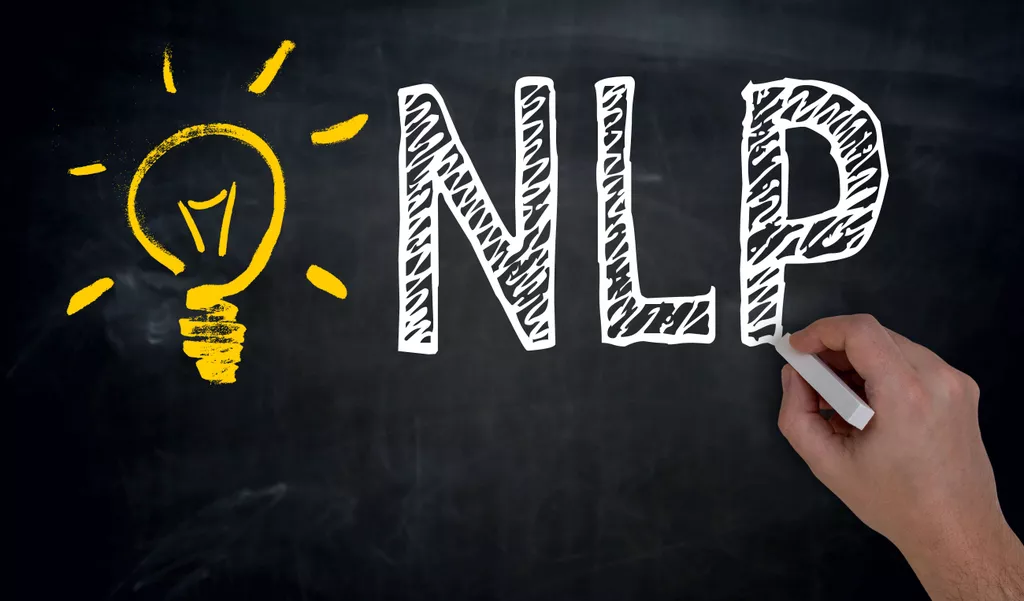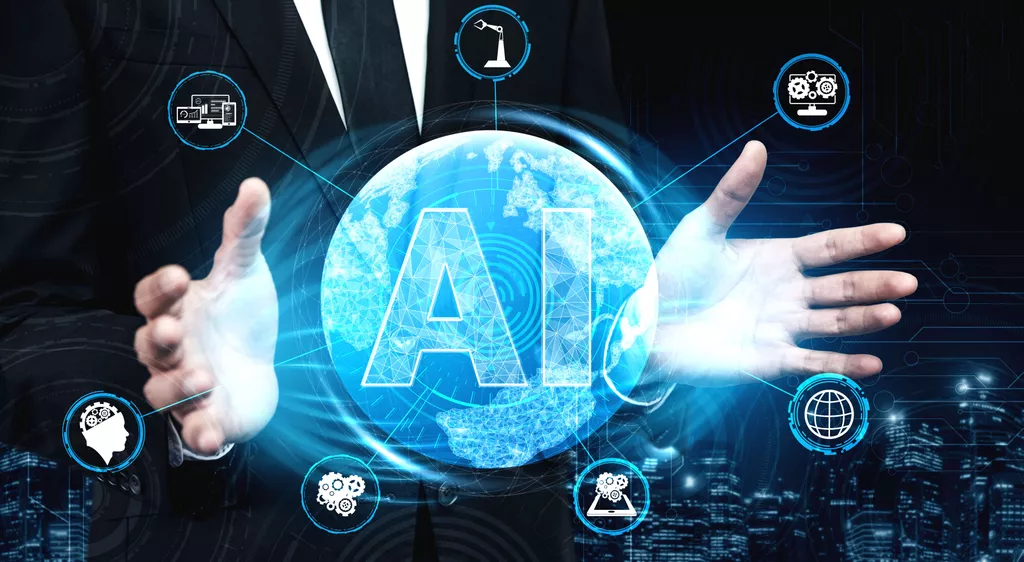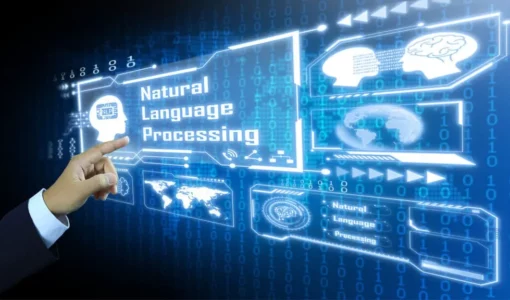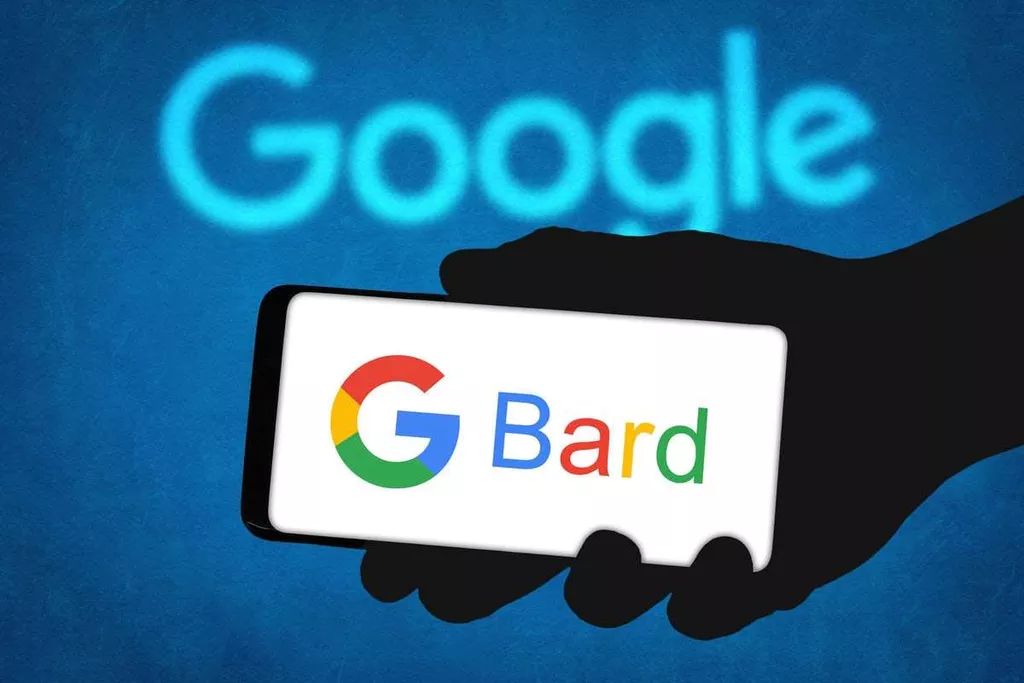
AR image recognition uses artificial intelligence (AI) and machine learning (ML) to analyze and identify objects, faces, and scenes in real time. In this article, we will explore how AR image recognition can leverage AI and ML to adapt to different contexts and scenarios, and what are some of the benefits and challenges of this technology. The leading architecture used for image recognition and detection tasks is that of convolutional neural networks (CNNs). Convolutional neural networks consist of several layers, each of them perceiving small parts of an image.
One of the most often used picture recognition software could be this one. In this case, the pressure field on the surface of the geometry can also be predicted for this new design, as it was part of the historical dataset of simulations used to form this neural network. Then, a Decoder model is a second neural network that can use these parameters to ‘regenerate’ a 3D car. The fascinating thing is that just like with the human faces above, it can create different combinations of cars it has seen making it seem creative. Compared to image processing, working with CAD data also requires higher computational resource per data point, meaning there needs to be a strong emphasis on computational efficiency when developing these algorithms.
How Deep Learning Improves Facial Recognition Accuracy
In the case of image recognition, neural networks are fed with as many pre-labelled images as possible in order to “teach” them how to recognize similar images. Researchers can use deep learning models for solving computer vision tasks. Deep learning is a machine learning technique that focuses on teaching machines to learn by example.
- This ability to provide recommendations distinguishes it from image recognition tasks.
- Instance segmentation is the detection task that attempts to locate objects in an image to the nearest pixel.
- Using this library, you can acquire, compress, enhance, restore, and extract data from images.
- For some, both researchers and believers outside the academic field, AI was surrounded by unbridled optimism about what the future would bring.
- Autonomous vehicles, for example, must not only classify and detect objects such as other vehicles, pedestrians, and road infrastructure but also be able to do so while moving to avoid collisions.
- Additionally, SD-AI is able to process large amounts of data quickly and accurately, making it ideal for applications such as facial recognition and object detection.
If a machine is programmed to recognize one category of images, it will not be able to recognize anything else outside of the program. The machine will only be able to specify whether the objects present in a set of images correspond to the category or not. Whether the machine will try to fit the object in the category, or it will ignore it completely.
Set up, Training and Testing
For skin lesion dermoscopy image recognition and classification, Yu, Chen, Dou, Qin, and Heng (2017) designed a melanoma recognition approach using very deep convolutional neural networks of more than 50 layers. A fully convolutional residual network (FCRN) was constructed for precise segmentation of skin cancer, where residual learning was applied to avoid overfitting when the network became deeper. In addition, for classification, the used FCRN was combined with the very deep residual networks.
The amount of time required to complete particular tasks, such as identity verification or signature validation, is significantly decreased by an automated system. By giving dull, repetitive duties to machines, your staff will be able to work just a little smarter rather than harder. As a result, you can concentrate your efforts and precious resources on the most imaginative business operations. Thanks to its incredibly sophisticated OCR system, you may get real-time translation services via the Google Translate app. Take a picture of some text written in a foreign language, and the software will instantly translate it into the language of your choice.
Automated barcode scanning using optical character recognition (OCR)
It then turns the visual content into real-time analytics and provides very valuable insights. They can be taken even without the user’s knowledge and further can be used for security-based applications like criminal detection, face tracking, airport security, and forensic surveillance systems. Face recognition involves capturing face images from a video or a surveillance camera. Face recognition involves training known images, classifying them with known classes, and then they are stored in the database. When a test image is given to the system it is classified and compared with the stored database.
Image recognition systems can be trained in one of three ways — supervised learning, unsupervised learning or self-supervised learning. While image recognition is related to computer vision, it is important to understand the differences between the two terms. If you relate computer vision and image recognition to human sight, you can think of image recognition as the eyes themselves and computer vision as how the human brain interprets what the eyes see.
Use Cases and Examples of Visual Recognition Technology
For instance, a neural network can be fooled if you add a layer of visual noise called perturbation to the original image. And even though the difference is nearly unnoticeable to the human brain, computer algorithms struggle to properly classify adversarial images (see Figure 9). Many of the tools we talked about in the previous section use AI for image analysis and solving complex image processing tasks.
How is AI used in visual perception?
It is also often referred to as computer vision. Visual-AI enables machines not just to see, but to also understand and derive meaning behind images and video in accordance with the applied algorithm.
Training image recognition systems can be performed in one of three ways — supervised learning, unsupervised learning or self-supervised learning. Usually, the labeling of the training data is the main distinction metadialog.com between the three training approaches. Face or facial recognition technology analyses a snapshot of a person and outputs the precise identification of the person present in the image using deep learning algorithms.
Ethics approval and consent to participate
Data scientists and computer vision specialists prefer Python as the preferred programming language for image recognition. It supports many libraries explicitly designed for AI operations, such as picture detection and identification. In recent tests, Stable Diffusion AI was able to accurately recognize images with an accuracy rate of 99.9%.
This then allows the machine to learn more specifics about that object using deep learning. So it can learn and recognize that a given box contains 12 cherry-flavored Pepsis. “The power of neural networks comes from their ability to learn the representation in your training data and how to best relate it to the output variable that you want to predict. Mathematically, they are capable of learning any mapping function and have been proven to be universal approximation algorithms,” notes Jason Brownlee in Crash Course On Multi-Layer Perceptron Neural Networks.
Support Vector Machines (SVM)
NORB [33] database is envisioned for experiments in three-dimensional (3D) object recognition from shape. The 20 Newsgroup [34] dataset, as the name suggests, contains information about newsgroups. The Blog Authorship Corpus [36] dataset consists of blog posts collected from thousands of bloggers and was been gathered from blogger.com in August 2004. The Free Spoken Digit Dataset (FSDD) [37] is another dataset consisting of recording of spoken digits in.wav files.
- Now, you need to select the software module you want to use for your analysis.
- Trueface has developed a suite consisting of SDKs and a dockerized container solution based on the capabilities of machine learning and artificial intelligence.
- Next time this particular customer will be shown a recommendation, an item’s size will likely match their preferences.
- The AI then develops a general idea of what a picture of a hotdog should have in it.
- Segmentation — identifying which image pixels belong to an object — is a core task in computer vision and is used in a broad array of applications, from analyzing scientific imagery to editing photos.
- For example, they can complement the recognition of raster images, which represent a grid of pixels, by simulating physiological features of eye movement that allow the eye to see two-dimensional and three-dimensional scenes.
With accelerated computational power and large data sets, deep learning algorithms are able to self-learn hidden patterns within data to make predictions. In recent years, an artificial intelligence imaging diagnosis system that can perform quantitative analysis and differential diagnosis of lung inflammation has become a research hotspot [16]. The radiologic diagnostic tool built by AI technology for the diagnosis of COVID-19 has been confirmed to be helpful for the early screening of COVID-19 pneumonia [33, 34]. Li L et al. developed an AI program based on the results of chest CT scans.
Ivy Eye Image Recognition
It combines many models and algorithms, which enables users to develop deep neural network to identify and classify images. Keras is a high-level API that makes implementing the complex and powerful functions of TensorFlow easier. Following that, we employed artificial neural networks to create a prediction model for the severity of COVID-19 by combining distinctive imaging features on CT and clinical parameters. The SelectKBest method was used to select the best 15 feature combinations from 28 features (Table 2). The ANN neural network was utilized for training, and the prediction model was verified using tenfold cross-validation. 6, the area under the curve (AUC) of the prediction model is 0.761, and the sensitivity and specificity of the model are 79.1% and 73.1%, respectively, reaching a prediction accuracy of 76.1%.
What AI model for face recognition?
What Is AI Face Recognition? Facial recognition technology is a set of algorithms that work together to identify people in a video or a static image.
1.6% of active cases are in a severe or critical condition [22], and the mortality rate of critically ill patients is as high as 61.5% [23]. To reduce the rate of severe illness and mortality, it is critical to identify patients who are at risk of critical illness and are most likely to benefit from intensive care therapy as soon as possible. We can create an early warning model of severe COVID-19 using the Recurrent Neural Network (RNN) deep neural network and a comprehensive analysis of the thoracic CT radiomics and the patient’s clinical characteristics.
For example, pedestrians or other vulnerable road users on industrial sites can be localised to prevent incidents with heavy equipment. Image recognition applications lend themselves perfectly to the detection of deviations or anomalies on a large scale. Machines can be trained to detect blemishes in paintwork or foodstuffs that have rotten spots which prevent them from meeting the expected quality standard. Another popular application is the inspection during the packing of various parts where the machine performs the check to assess whether each part is present.
AI songs flood ingsocial media – AlgoaFM News
AI songs flood ingsocial media.
Posted: Mon, 12 Jun 2023 09:47:12 GMT [source]
Trueface has developed a suite consisting of SDKs and a dockerized container solution based on the capabilities of machine learning and artificial intelligence. It can help organizations to create a safer and smarter environment for their employees, customers, and guests using facial recognition, weapon detection, and age verification technologies. TrueFace is a leading computer vision model that helps people understand their camera data and convert the data into actionable information.
- Even without realizing it, we frequently engage in mundane interactions with computer vision technologies like facial recognition.
- They started to train and deploy CNNs using graphics processing units (GPUs) that significantly accelerate complex neural network-based systems.
- While image recognition and image classification are related and often use similar techniques, they serve different purposes and have distinct applications.
- Image recognition technology has transformed the way we process and analyze digital images and videos, making it possible to identify objects, diagnose diseases, and automate workflows accurately and efficiently.
- This system is able to learn from its mistakes and improve its accuracy over time.
- In the age of information explosion, image recognition and classification is a great methodology for dealing with and coordinating a huge amount of image data.
What type of AI is image recognition?
Image recognition employs deep learning which is an advanced form of machine learning. Machine learning works by taking data as an input, applying various ML algorithms on the data to interpret it, and giving an output. Deep learning is different than machine learning because it employs a layered neural network.







